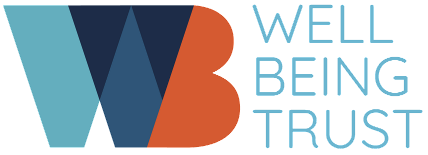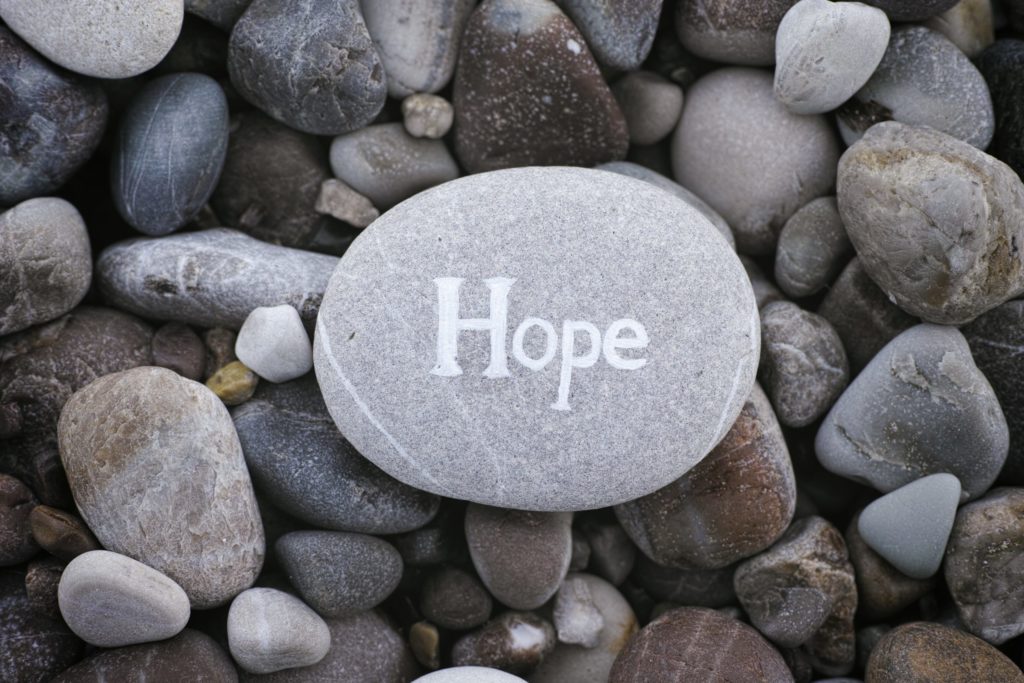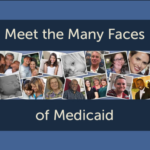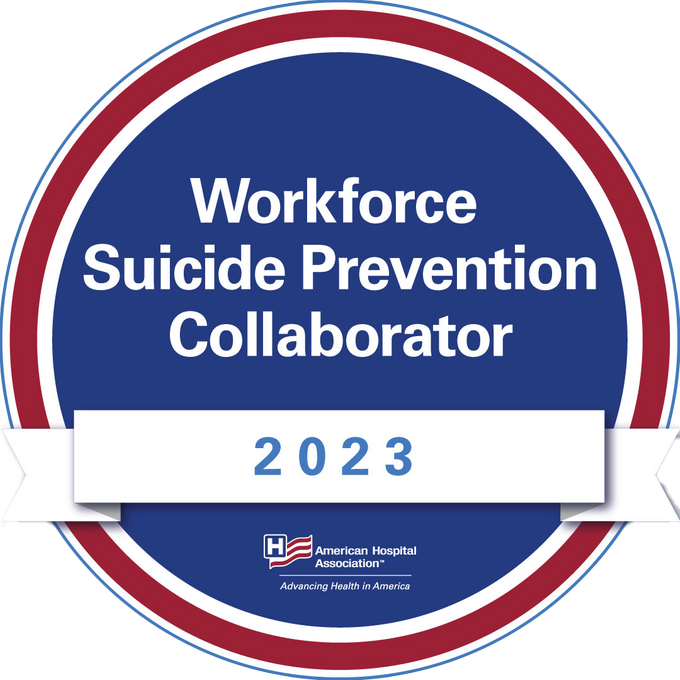Moving the needle for appropriate implementation of 988 in our communities
“988 has the potential to transform emergency mental health care by catalyzing the creation of a comprehensive, trauma-informed crisis response system.”
Miriam Pearsall, MPH, Well Being Trust Executive Fellow
In our latest blog, Miriam Pearsall, Executive Fellow at Well-Being Trust, shares a personal story about her experience with a police response to her mental health crisis, and her hope about how 988, the new Nationwide Mental Health Crisis And Suicide Prevention Number debuting in July 2022, will transform emergency mental health response.
Trigger warning-this post discusses a mental health crisis situation.
Last Suicide Prevention Awareness Month, I was in an emergency room. An hour before my visit to the ER, I was speaking with a telehealth therapist about vague thoughts I had been having of hurting myself. Though I didn’t think my thoughts were very serious, my therapist did. Within 10 minutes of our session, my therapist decided to call 911.
It was raining heavily in Atlanta when the police arrived in the driveway that September night. They arrived sooner than I had expected, and I was flustered because I couldn’t find my umbrella in the house where I was living. When one of the two officers asked me what was going on, I felt more comfortable talking with him outside instead of disturbing my sleeping roommate inside. Other than a routine traffic stop, I had never interacted with a police officer before, and I was hyper aware of the risks of engaging with the police as a Black person with a mental health issue. For these reasons, I made a point of speaking as clearly and calmly as I could as I recapped my earlier therapy session and my therapist’s concern about my mental well-being. Regardless of my efforts, the officer kept his hand on the gun at his waist while we spoke. Upon realizing that my slightest movements toward him prompted the officer to hold the gun tighter, I became terrified. So, when I later remembered that I left my umbrella in my car, I decided it was safer to get rained on than risk my hands being out of the officer’s sight.
When the ambulance arrived, the paramedic asked that I be patted down in front of him. Once I was considered safe, I was driven to a nearby hospital. In the middle of a COVID-19 surge in the area, I spent about 4 hours in the ER until I was deemed not suicidal and allowed to go back home.
When I think back on my experience, I feel angry. I think about how I, in a very vulnerable state, had to advocate for myself to prevent my situation from escalating with the police. I think about all the people, especially those of color, who did not and will not have my presence of mind during their moments of mental health crisis. I think about how an inappropriate crisis response can put the lives of people with mental health issues at risk as well as trap them in the sticky web of the criminal justice system.
Unfortunately, the crisis response that I received is the status quo across the country. The very act of calling 911 sets off a chain of events that can worsen outcomes for those experiencing a mental health emergency.
However, we now have an opportunity to help prevent negative experiences like mine from happening again. Following recommendations from the Federal Communications Commission (FCC), the Substance Abuse and Mental Health Services Administration (SAMHSA), and others, Congress authorized 988, a new 3-digit number, under the National Suicide Hotline Designation Act of 2020.
In July 2022, 988 will launch nationwide and offer an alternative to calling 911 to respond to mental health crises. Replacing the current Suicide Prevention Lifeline (1-800-273-TALK), 988 is an easier to remember number for people in mental health emergencies to get help. The hope is that dialing 988 will lead to a different response to mental health crises than calling 911.
Due to the forthcoming arrival of 988, state and local policymakers should have a compelling reason to imagine a new continuum of crisis care that relies on trained crisis workers instead of police and temporarily houses those in mental health emergencies in crisis stabilization units instead of jails, like the successful CAHOOTS program in Oregon.
In short, 988 has the potential to transform emergency mental healthcare by catalyzing the creation of a comprehensive, trauma-informed crisis response system.
Across the country, non-profit organizations and philanthropies are working to raise awareness about the game-changing opportunity that is 988. In a recent interview with Inside Philanthropy, Tyler Norris, MDiv, chief executive at Well Being Trust, explained, “Philanthropy’s role is to ask, ‘What is the continuum of care in a community for someone in crisis? And how does a community invest in that and build that out?’”
Private sector investment in a national crisis hotline is not new. In the early 1970s, the Robert Wood Johnson Foundation was instrumental in supporting the newly established 911. Prior to 911, many people in accidents died on their way to hospitals due to lack of medical treatment enroute. Now, dialing 911 leads to ambulances with medical equipment and personnel that save people’s lives. Imagine what investment in 988 could do for emergency mental health services and suicide prevention.
In addition to work in the private sector to elevate 988, as well as legislative wins in states like California, Nevada, and Washington, our nation has much more to do to prepare for the suicide prevention line’s implementation in less than a year. For 988 to be successful, and more than just a hotline triggering the same inappropriate responses to mental health issues as 911, it’s up to all of us to do our part.
Below are three steps that you can take to support the effective launch of 988 in your community:
- Learn about how your community currently responds to mental health crises.
- Do you have a crisis center in your town? How is it funded?
- Are police the first individuals to arrive on scene during a mental health emergency? How could the current response be improved?
- Would you consider current crisis services to be culturally and linguistically competent?
2. Keep up with proposed policies and recommendations related to 988.
- Check out the #CrisisTalk website to learn about state bills and innovations that will support 988. Also, plug in to the weekly meetings of the 988 Crisis Learning Community.
- Learn about proposed federal legislation, like S.1902, the Behavioral Health Crisis Services Expansion Act, and track their progress.
- Review 988 policy recommendations from organizations that support mental well-being for all, including NAMI, Mental Health America, the Kennedy Forum, and others.
3. Spread awareness about 988 in your community and state.
- Track your state’s legislation related to 988 and contact your state legislators about the importance of 988 and building out the crisis continuum.
- Attend town halls and community events with local leaders, law enforcement, and crisis teams, and ask them how they’re preparing to roll out 988 in July 2022.
- Spread the word about 988 and its potential to transform the mental health system with your family and friends in-person and on social media.
We need all hands on deck to ensure the success of 988.
As this year’s Suicide Prevention Awareness Month comes to a close, let’s commit to moving the needle for appropriate implementation of 988 in our communities. Through our combined efforts, by this time next year, a call to 988 will be a safe, effective avenue to help people in a mental health crisis. To learn more about the current National Suicide Prevention Lifeline, or if you or someone you know needs mental health crisis support, please visit https://suicidepreventionlifeline.org or call the Lifeline at 1-800-273-TALK (8255).







